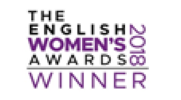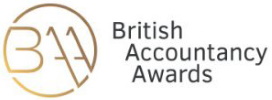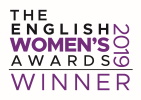Marriage can be a big commitment, one that comes with many responsibilities but also many benefits. Whether it’s the security of a long-term partner, the legal assurances or simply the public declaration to each other. However, one aspect of marriage which is often overlooked is the financial implications.
Marriage allowance is a tax break, available to those who are married or those in a civil partnership. It allows one partner to transfer their personal allowance to the other, therefore reducing their overall tax burden. Obviously, this can be a great way to save money, particularly right now, as many people are feeling the effects of the cost-of-living crisis. In fact, HMRC are urging couples to apply for marriage allowance, as many seem to be unaware of this perk available to them.
With this in mind, who is eligible for marriage allowance and what is the process of getting it?
Eligibility
In other to qualify for marriage allowance, there are certain criteria which must be met.
- Both parties must be married or in a civil partnership.
- Both partners must be born after 5th April 1935 (there is a separate scheme available for those born before this time).
- In terms of earnings, marriage allowance is only applicable when one partner earns below their personal allowance (£12,570) and the other partner earns more but is still a basic taxpayer (£12,570 – £50,270).
Personal Allowance
Everyone has a personal allowance. This describes a specific amount of money that you can earn, before you have to pay income tax. Currently (2023/2024), this allowance is set at £12,570 and therefore anyone who earns less than this will not have to pay any income tax. The idea behind marriage allowance is that, since one person isn’t using their personal allowance, they can transfer it to their partner.
Marriage Allowance
Those who are eligible for marriage allowance can apply to HMRC in order to transfer their unused personal allowance to their partner. The maximum amount which can be transferred is currently set at £1,260. However, it’s worth pointing out that you can’t transfer a smaller proportion, if you decided to apply for marriage allowance, you must transfer the maximum amount.
It’s also important to note that the process can be slightly different for those who earn close to the income tax boundary. If you earn £11,310 or less, then you can transfer your allowance without any issues. However, if you earn between £11,310 and the boundary of £12,570, you can still transfer your allowance but you may become liable for tax on these earnings. This can reduce any savings made from marriage allowance and therefore you may need to weigh up which option is best overall.
As well as applying for marriage allowance for the current year, you can also backdate your claim up to four years, as long as you and your partner have been eligible during those four years.
If your circumstances change at any point and you or your partner stop being eligible for marriage allowance, HMRC will find out at the end of the tax year and will then calculate any unpaid tax that you may owe.
Tax and the rules and regulations surrounding them can be confusing, however there is a wealth of information available online. The HMRC website offers countless resources and easy to understand guides on all aspects of taxation and how they could affect you.
For those who drive for a living, keeping up to date with finances can be an arduous task. Fortunately, the team at U-Deliver have many years of experience in providing expert solutions.














